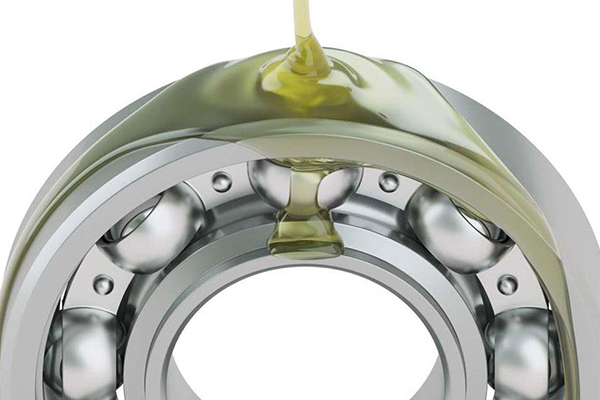Newsroom
How Often Should I Lubricate the bearings
2017-11-24 
Bearings are the “joints” of our machine. Without proper lubrication, they suffer from excessive friction, heat build-up, and even premature failure.
Studies show that 40% of bearing failures are caused by poor lubrication.
The functions of lubrication include:
- Reduce friction and wear to extend bearing life
- Dissipate heat and prevent thermal deformation
- Prevent rust and corrosion
- Block contaminants like dust and moisture
How Often Should I Lubricate?
There’s no one-size-fits-all answer. Frequency depends on:
✅ Bearing type (ball, roller, thrust, etc.)
✅ Speed (high-speed = more frequent lubrication)
✅ Working environment (dusty, hot, humid = shorter intervals)
✅ Lubrication method (grease or oil)
General Guidelines:
Application & Recommended Lubrication Interval
1. Standard industrial bearings: Every 3–6 months
2. High-speed bearings (motors, fans): Every 1–3 months
3. Heavy-load or high-temp use: Weekly or monthly, depending on severity
How to Lubricate Bearings Properly?
1. Clean the bearing
Use kerosene or a designated solvent to remove old grease and debris.
2. Choose the right lubricant
Grease lubrication (used in ~80% of bearings): Ideal for medium/low speed and sealed systems
Oil lubrication: Better for high-speed or high-temp environments due to improved heat dissipation
3. Use the correct amount
- Fill 1/3 to 1/2 of the bearing’s internal space with grease.
- Over-lubrication can cause heat build-up.
- Seal it properly, make sure the dust covers or seals are intact to prevent contamination.
What will happen if you lubricate incorrectly?
- Too little ➜ Friction increase, seizure risk, premature failure
- Too much ➜ Grease overflow, poor heat dissipation, accelerated oxidation
- Wrong lubricant ➜ High-temp failure, seal incompatibility
Pro Tips from QIBR
Listen: Unusual humming or grinding noises may signal insufficient lubrication
Check temperature: If the bearing housing exceeds 80°C, inspect lubrication
Look at the grease: If it’s dark or contains metal particles, the bearing may be worn out
Lubrication isn’t “set it and forget it.” It’s a continuous maintenance task — and when done right, it means:
✔️ Smoother operation
✔️ Fewer breakdowns
✔️ Lower maintenance costs
For more info about the lubricant, feel free to contact QIBR!


